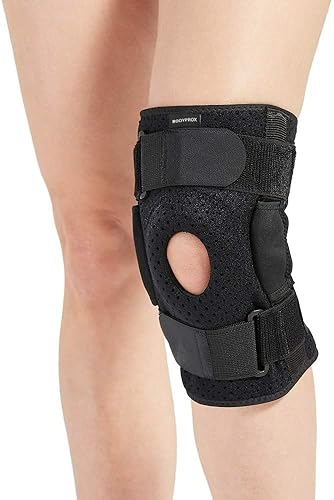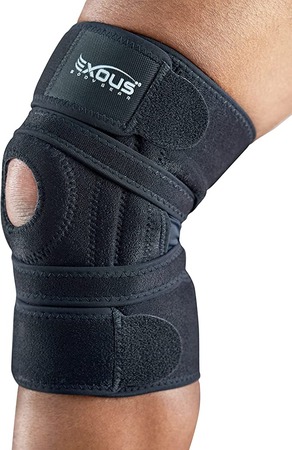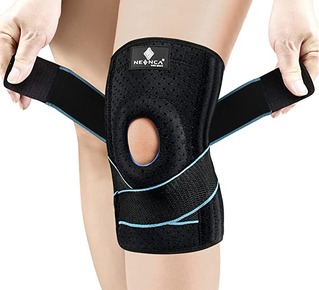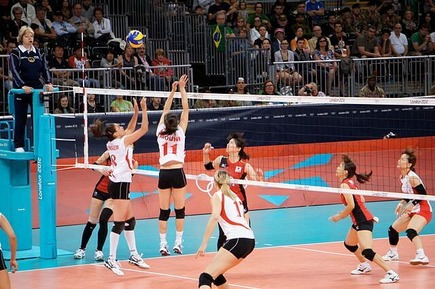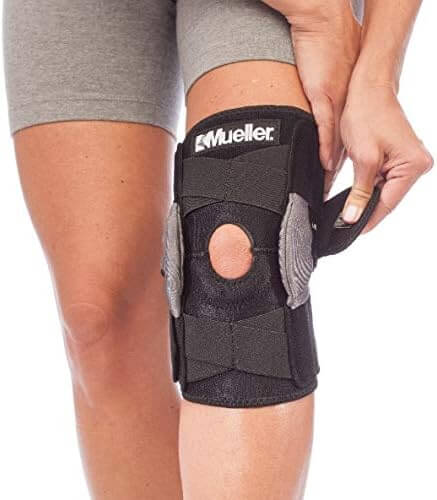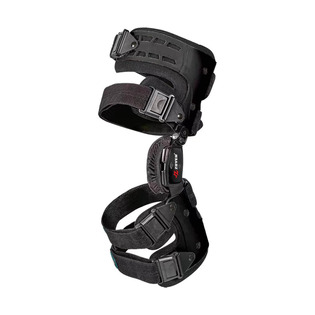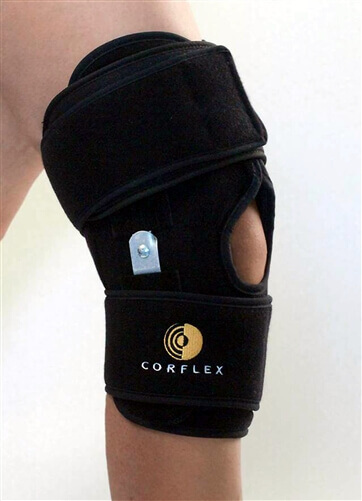Knee braces are special tools made to help your knees feel better and stay safe. They’re like shields that protect and support your knee joint. Whether you play sports or just have sore knees, these braces can really help. In this easy guide, we’ll talk about what knee braces are, how they work, why they’re helpful, common knee problems, and more.
What is a Knee Brace?
A knee brace is a helpful tool that you wear around your knee to keep it safe and comfy. It’s made from soft materials like elastic or harder stuff like plastic or metal. Knee braces can come in different types, like sleeves, wraps, or ones with hinges.
What Does a Brace Do for the Knee?
A knee brace’s main job is to keep your knee safe and steady. This helps you feel less pain, lowers the chances of getting hurt, and helps your knee heal faster. Depending on the type of brace, it might also help your knee stay straight, make you more aware of your knee’s position, and shield it when you move around.
Benefits of Using Knee Braces
- Pain Relief: Knee braces can make your knee feel better if it hurts because of things like arthritis, ligament problems, or tendon issues.
- Stability: If your knee is weak or injured, a brace can make it feel more solid, so you’re less likely to get hurt again.
- Injury Prevention: People who play sports often wear knee braces to stop injuries, especially in rough sports like football or skiing.
- Post-Surgery Support: After an operation on your knee, a brace can keep it still, protect it, and help it get better.
- Improved Performance: Some athletes use knee braces to do better in their sport by giving their knee extra support and lessening tiredness.
- Comfort and Confidence: Wearing a knee brace can make you feel better about using your knee, so you can do daily stuff or sports without worrying so much.
Common Knee Injuries
- ACL Tear: When the ACL, a big part of your knee, tears, it usually happens during fast sports or if you get hit hard on the knee.
- MCL Sprain: The MCL is on the inner side of your knee and can get hurt if something hits your knee from the outside.
- Meniscal Tear: This happens when the meniscus, a shock absorber in your knee, tears from twisting or a hard hit.
- Patellar Tendonitis: Also called jumper’s knee, it’s when the tendon linking your kneecap to your shinbone gets sore from lots of jumping or running.
- Osteoarthritis: This is when your knee wears down over time, causing pain, stiffness, and trouble moving.
- PFPS (Runner’s Knee): PFPS makes your kneecap hurt, especially when you run, squat, or go upstairs.
Types of Knee Braces
- Preventive Braces: These keep injuries away, especially in risky sports, by supporting the ACL and stopping ligament damage.
- Supportive Braces: They help an injured knee stay safe during activities, lowering the risk of more harm.
- Recovery Braces: After surgery or an injury, these braces keep your knee still, guard it, and help it heal.
- Unloader Braces: Made for people with osteoarthritis, they ease pain by shifting weight from the sore part of the knee.
- Stabilizing Braces: These keep your kneecap in place and ease pain from issues like tendonitis or runner’s knee.
Conclusion
Knee braces are super helpful for folks with knee troubles, whether it’s from an injury, constant pain, or wanting to stay safe during activities. They give support, steadiness, and sometimes a gentle squeeze, which can ease pain, help healing, and make your knee work better. Knowing about the different types of braces can help you pick the right one for your needs, whether you’re a sports champ or just want to walk without pain.


